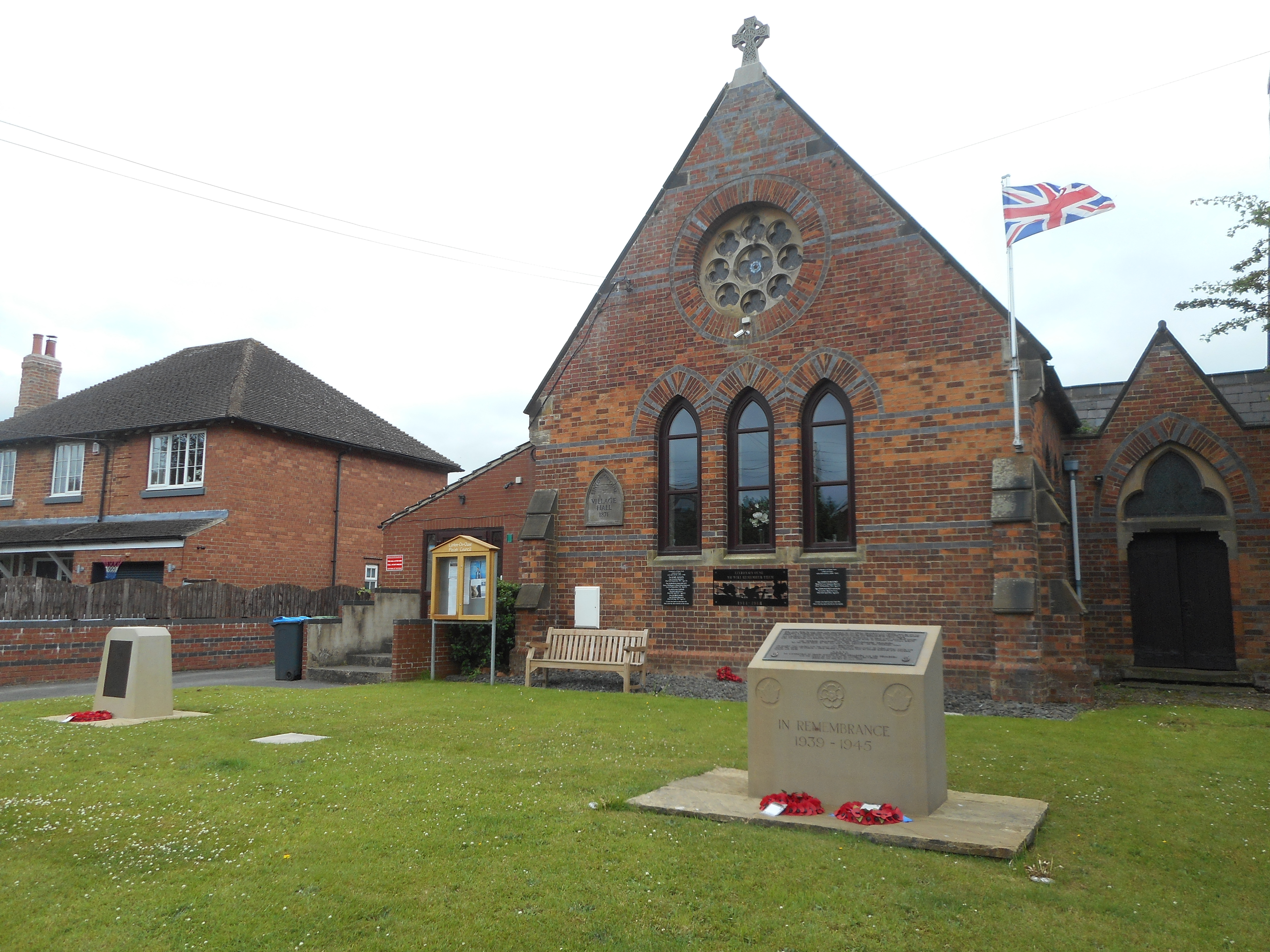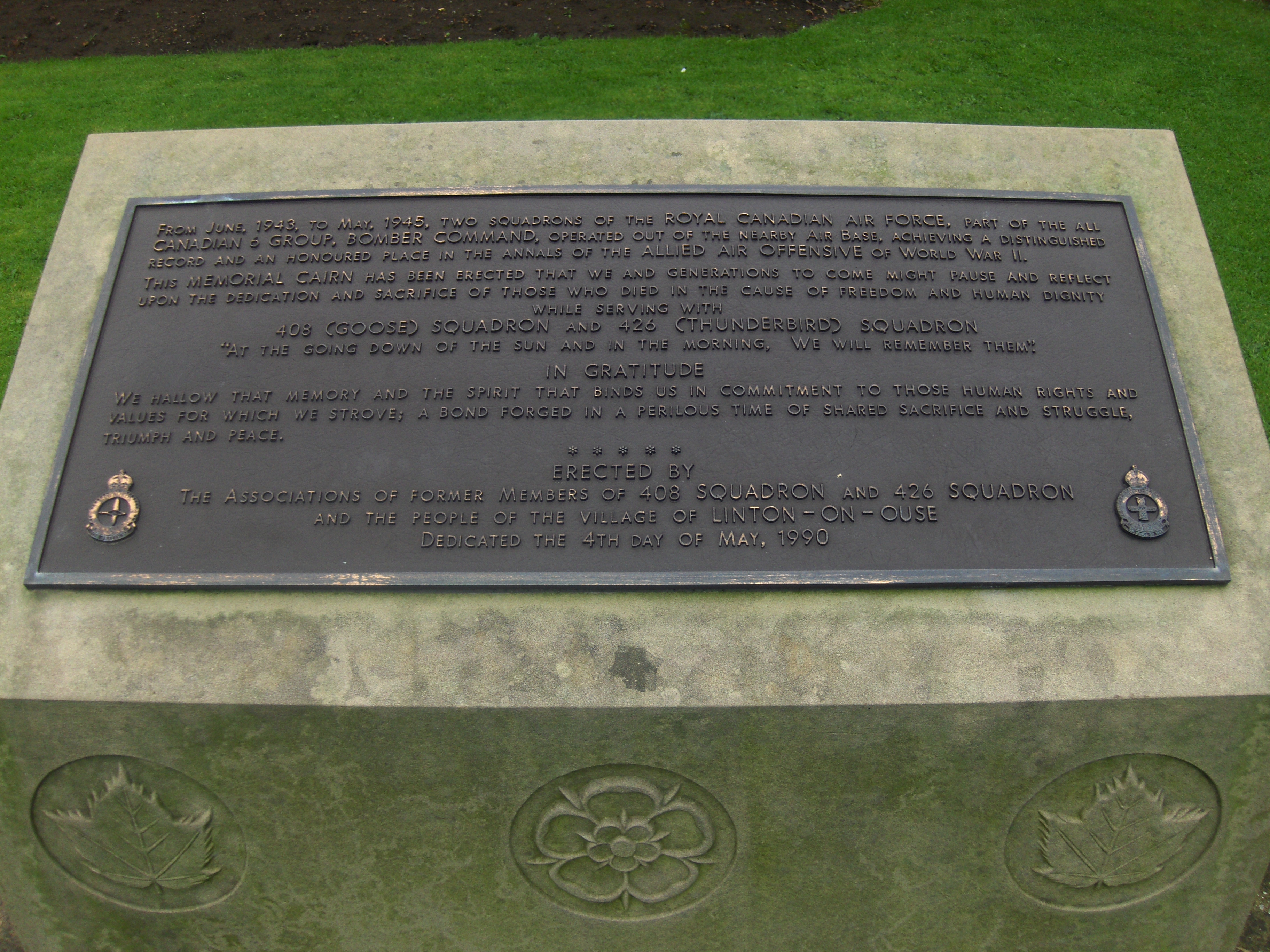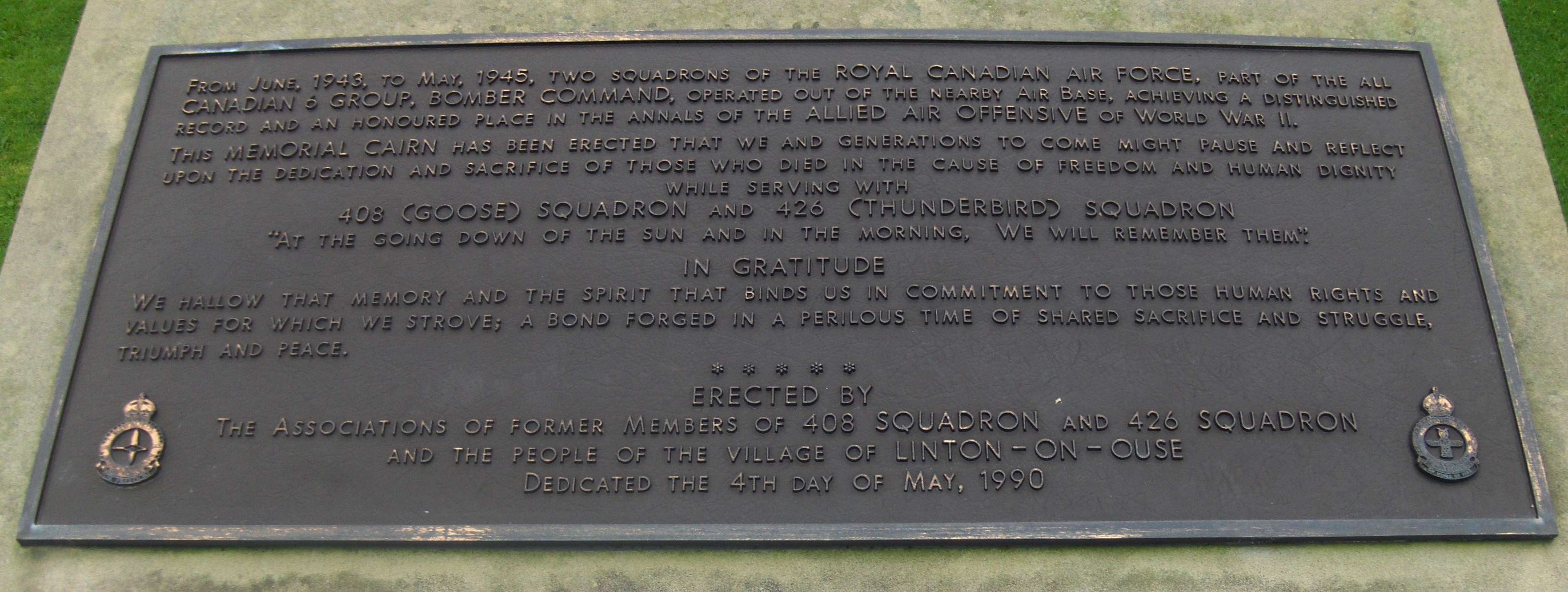Stiller, Nelson
Personal Information
| Rank | Lt |
| Forename(s) | Nelson |
| Surname | Stiller |
| Gender | M |
| Age | 26 |
| Decorations | Purple Heart |
| Date of Death | 21-12-1943 |
| Next of Kin | Son of Louis Stiller, of Cheektowaga Erie County, New York, USA. |
Aircraft Information
| Aircraft | Avro Lancaster II |
| Serial Number | DS758 |
| Markings | EQ-H |
Memorial Information
| Burial/Memorial Country | United States of America |
| Burial/Memorial Place | Brith Sholem Cemetery New Section, Cheektowaga, Erie County, New York, USA. |
| Grave Reference | |
| Epitaph |
IBCC Memorial Information
| Phase | 2 |
| Panel Number | 248 |
Enlistment Information
| Service Number | O-886031 |
| Service | United States Army Air Force |
| Group | 6 |
| Squadron | 408 (Goose) |
| Squadron Motto | For freedom |
| Trade | Navigator |
| Country of Origin | United States of America |
Other Memorials
| Location | Village Centre, Linton on Ouse, North Yorkshire |
| Country | United Kingdom |
| Memorial Type | Stone Memorial and inscribed slate tablet |
| Memorial Text | In memory of 408 (Goose) and 426 (Thunderbird) Squadrons of R.C.A.F |
Miscellaneous Information
| Originally joined RCAF under service number J/20175. Transferred to USAAF but continued to fly with RCAF whilst awaiting transfer to USAAF and was killed in action. |
| Born 1 March 1917, Buffalo, Erie County, New York, USA. |
| He was survived by two brothers, Milton and Alfred W. and two sisters, Mrs. Sylvia Yellen and Mrs. Rose Braverman. |
The National Archives
| Record of Events (Operational Record Book) AIR 27/1797/22 |
| Summary of Events (Operational Record Book) AIR 27/1797/21 |
Fellow Servicemen
Please note that this list gives all the losses aboard the quoted aircraft and occasionally these may have occurred on an earlier date when the aircraft was not itself lost. Please check the dates of death carefully.
Last Operation Information
| Start Date | 20-12-1943 |
| End Date | 21-12-1943 |
| Takeoff Station | Linton-on-Ouse |
| Day/Night Raid | Night (39% moon) |
| Operation | Frankfurt. 650 aircraft, 41 losses (6.3%). The German controllers were able to accurately plot the route as soon as the main force left the English coast and were therefore able to deploy night-fighters at many points along its route. A diversionary raid on Mannheim failed to draw off many fighters until the main raid was over. The target was mainly cloud covered whereas the forecast had predicted clear conditions. Marking did not, therefore, go to plan. The Germans used both decoy fires and also decoy target indicator. By a twist of good fortune, considerable creepback resulted in the bombing coming back over the city. Many public and municipal buildings were hit including many schools. 23000 people were bombed out of their homes. |
| Reason for Loss | Lost over the target area |


